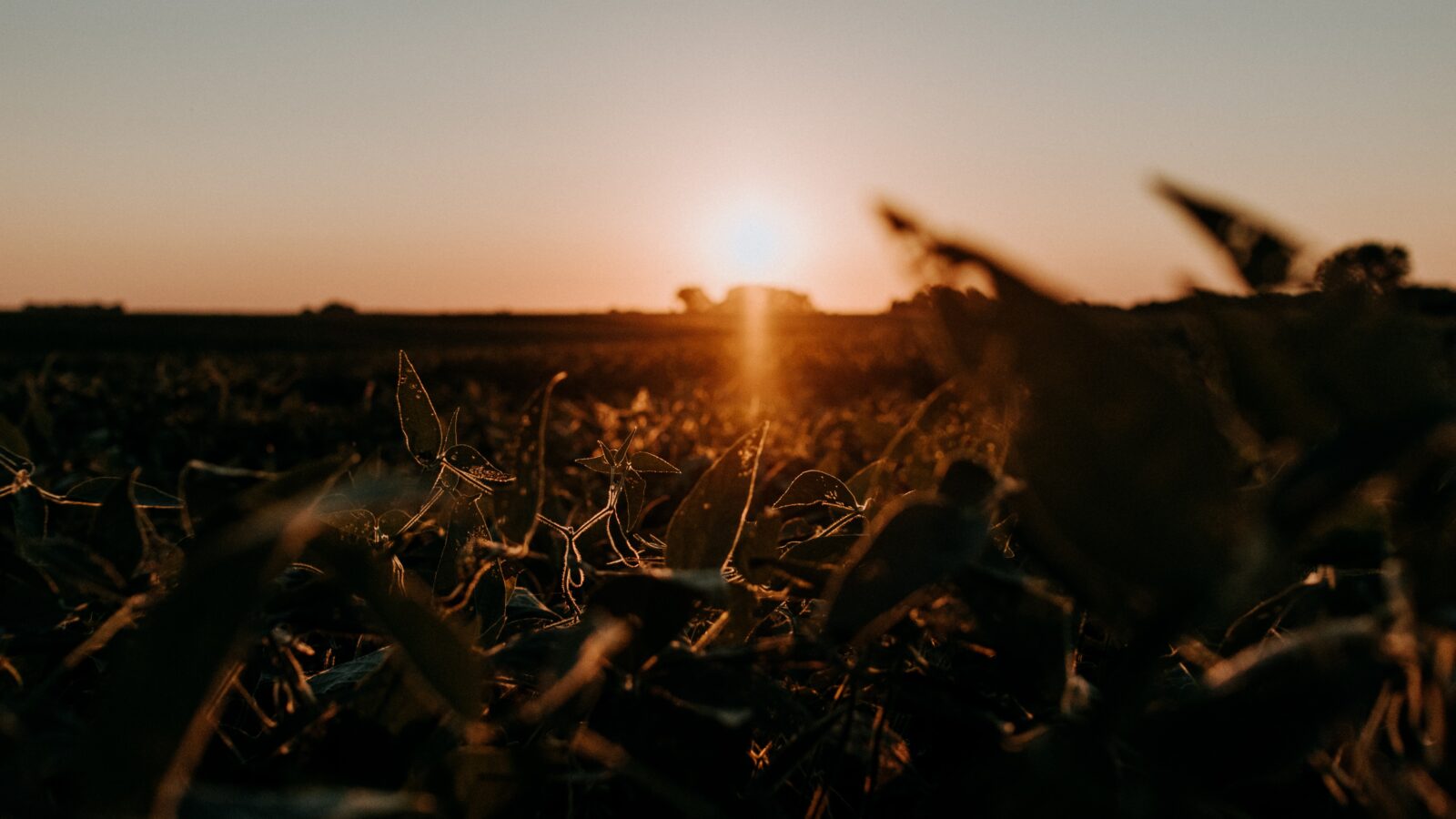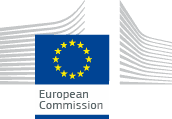
In late January, the European Union (EU) adopted the U.S. Soy Sustainability Assurance Protocol (SSAP), under the Renewable Energy Directive (RED). Building on the widely accepted SSAP, the new program, called SSAP-RED, addresses the specific requirements of the RED regulations, including restrictions on land conversion with commitments on auditing, compliance and reporting.
 “Recognition of the SSAP-RED by the European Commission is an important milestone in documenting the overall sustainability of U.S. Soy for the European and global markets,” said Jim Sutter, CEO of the U.S. Soybean Export Council (USSEC). “This is important recognition for U.S. Soy and will further enhance marketing opportunities for U.S. soybeans in the EU and other global markets.”
“Recognition of the SSAP-RED by the European Commission is an important milestone in documenting the overall sustainability of U.S. Soy for the European and global markets,” said Jim Sutter, CEO of the U.S. Soybean Export Council (USSEC). “This is important recognition for U.S. Soy and will further enhance marketing opportunities for U.S. soybeans in the EU and other global markets.”
In order to meet the specific requirements of the RED, the SSAP-RED has a number of innovative components, including a Self-Declaration by producers attesting to their adherence to restrictions on land use conversion and their application of Good Agricultural Practices (GAP). The Self Declaration will be supported by a system of independent third-party auditing and compliance.
The RED restricts the production of biofuel feedstock from land that has been converted to agricultural production from the designated land categories of wetlands, including peatlands, grasslands and forest. The U.S. has had similar limits on land conversion for over 30 years since the 1985 Farm Bill. The SSAP-RED goes further than the existing SSAP in having a system of third-party auditing and compliance, supporting all aspects of the scheme.
“This is yet another step in the right direction for the U.S. Soy industry. SSAP-RED is a commitment to the future by U.S. soybean farmers,” said Derek Haigwood, Chairman of USSEC. “U.S. producers and exporters have gone the extra mile in meeting the requirements of the RED and look forward to working with our producers and traders in the European Union.”
U.S. soybean producers have long been committed to efficient and sustainable use of land and resources and sustainable soybean production starting with the Soil Conservation Act in 1935. Since 1980, U.S. farmland decreased over 20 million hectares while forest increased over 1.4 million hectares.[1] Recognizing the sustainable and regenerative agriculture systems in the U.S.,the Food and Agriculture Organization of the United Nations (FAO) in 2015 ranked the United States number one in the forest area primarily designated for biodiversity conservation with over 158 million acres set aside for that purpose.
U.S. soy farmers use of best management practices and the latest technology helped reduce greenhouse gas production by 42% per ton and soil erosion by 66%.[2] The USDA supports U.S. agriculture sustainability practices with over $5.6 billion in conservation funding each year and completes an average of 23,000 audits annually to ensure compliance.
###
About USSEC – The U.S. Soybean Export Council connects U.S. soybean farmers with opportunities to improve human nutrition, livestock production and aquaculture. This mission is accomplished with a science-based technical foundation and a global network of partnerships including soybean farmers, exporters, agribusiness and agricultural organizations, researchers and government agencies. USSEC operates internationally and works with aquaculture programs in different nations to help ensure sustainability and profitability for industry producers. USSEC programs are partially funded by the United Soybean Board (USB).
[1] National Resource Inventory
[2] Field to Market


